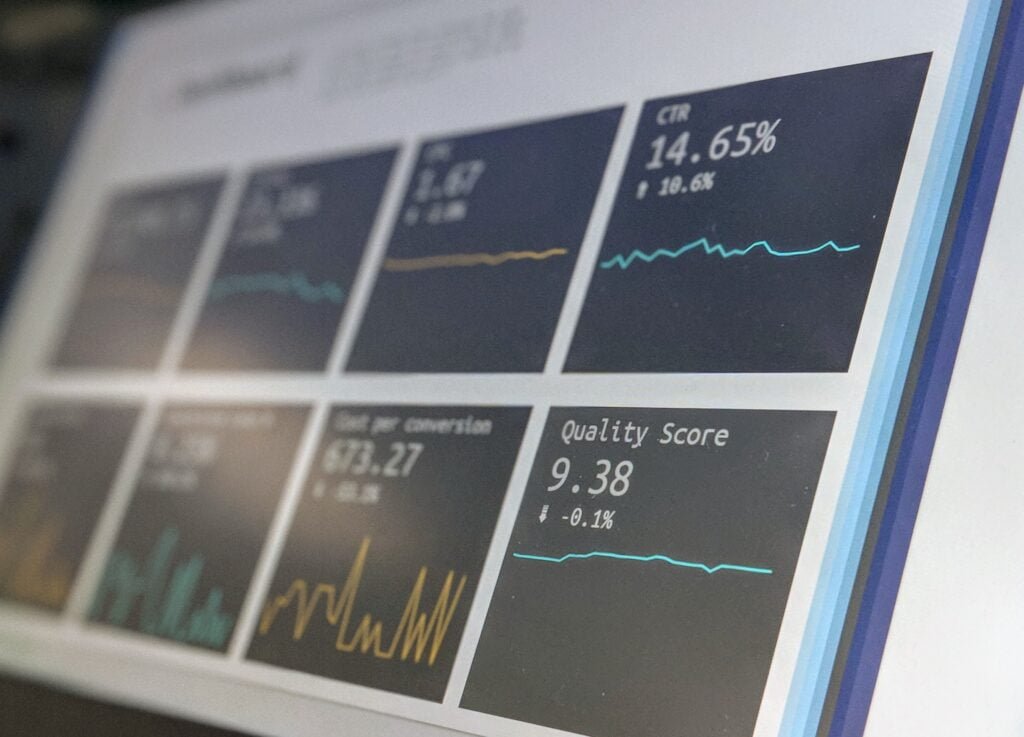
In today’s digital landscape, achieving a prominent online presence is crucial for businesses and individuals alike. Whether you’re running a blog, an e-commerce site, or a corporate website, the key to being discovered by your target audience lies in mastering on-page search engine optimization (SEO). In this comprehensive guide, we’ll walk you through the fundamental techniques and strategies to optimize your web pages effectively and attain higher search rankings.
Introduction: The Importance of On-Page SEO
Before we delve into the nitty-gritty of on-page SEO, it’s essential to understand why it matters. In the vast sea of websites, search engines like Google act as the compass for users seeking information, products, or services. To stand out, your web pages must be easily discoverable by search engines and deemed valuable to users. On-page SEO is the set of practices that directly influence how your web pages are perceived and ranked by search engines.
Keyword Research and Analysis
The foundation of on-page SEO starts with keyword research. This involves identifying the specific words and phrases (keywords) that users enter into search engines to find content related to your niche. Effective keyword research includes:
- Finding the Right Keywords: Choosing keywords that align with your content and audience.
- Competitive Keyword Analysis: Studying competitors to identify high-performing keywords.
- Long-Tail Keywords: Leveraging longer and more specific keywords to target niche audiences.
Title Tags and Meta Descriptions
The title tag and meta description are the first things users see in search engine results. Crafting SEO-friendly titles and compelling meta descriptions is crucial. Best practices include:
- Creating Titles That Reflect Content: Ensuring titles accurately represent page content.
- Writing Engaging Meta Descriptions: Compelling descriptions that encourage click-throughs.
- Adhering to Character Limits: Staying within recommended character limits for titles and descriptions.
Header Tags (H1, H2, H3, etc.)
Headers help structure your content and provide context to both users and search engines. Effective use of header tags involves:
- Structuring Content with Headers: Using headers to organize your content hierarchically.
- Using Keywords in Headers: Placing keywords strategically within headers.
- Following Header Tag Best Practices: Maintaining a logical and consistent header structure.
Optimizing Content for SEO
Content quality plays a pivotal role in on-page SEO. High-quality, valuable content improves user engagement and search engine rankings. Techniques include:
- Creating High-Quality, Valuable Content: Developing content that addresses user needs.
- Keyword Placement and Density: Strategically incorporating keywords without overloading.
- Internal and External Linking: Linking to related pages within your site and reputable external sources.
Image Optimization
Images enhance user experience, but they must be optimized for SEO. Practices include:
- Image File Names and Alt Text: Using descriptive file names and alt text for images.
- Reducing Image File Sizes: Optimizing images for faster page loading.
- Image SEO Tips: Compressing images and using the correct file formats.
URL Structure
SEO-friendly URLs improve user understanding and search engine rankings. Creating them involves:
- Creating SEO-Friendly URLs: Crafting URLs that reflect page content.
- URL Best Practices: Following best practices for URL structure and length.
Mobile Optimization
With mobile device usage on the rise, mobile optimization is essential. Techniques include:
- The Significance of Mobile-Friendly Pages: Understanding why mobile-friendliness matters.
- Responsive Design: Ensuring your site adapts seamlessly to various screen sizes.
- Mobile SEO Tips: Implementing mobile-specific SEO practices.
Page Speed and Loading Times
Page speed is a critical ranking factor and impacts user experience. Strategies include:
- Why Page Speed Matters: Understanding the importance of fast-loading pages.
- Tools for Measuring Page Speed: Utilizing tools to assess your site’s speed.
- Improving Loading Times: Implementing techniques to enhance page speed.
Schema Markup and Rich Snippets
Schema markup enhances search results with rich snippets. Implementation involves:
- Enhancing Search Results with Schema Markup: Adding structured data to your pages.
- Implementing Rich Snippets: Displaying additional information in search results.
User Experience (UX) and SEO
User experience and SEO are intertwined. Techniques include:
- The Connection Between UX and SEO: Understanding how UX impacts SEO.
- UX Best Practices: Enhancing user experience through design, navigation, and content.
Monitoring and Measuring On-Page SEO
Monitoring your SEO efforts is essential for improvement. Key aspects include:
- Tools for Tracking SEO Performance: Utilizing tools like Google Analytics.
- Key Metrics to Monitor: Identifying and tracking essential SEO metrics.
Case Studies: Real-World On-Page SEO Success Stories
Real-world examples demonstrate the effectiveness of on-page SEO techniques.
Conclusion: Your Roadmap to Mastering On-Page SEO
By the end of this guide, you’ll have the knowledge and tools to optimize your web pages effectively for search engines
